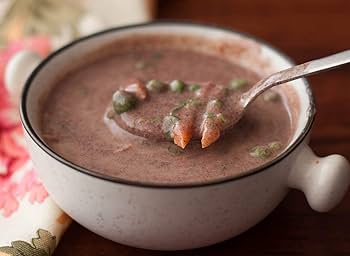Mandia Jau: The Nutritious Heritage of Odisha’s Tribal Communities
For centuries, it has been both a staple diet and a symbol of health and resilience.
Mandia jau, more popularly known as ragi or finger millet porridge, holds a special place in the food culture of tribal communities in Odisha. For centuries, it has been both a staple diet and a symbol of health and resilience. Grown widely in the hilly terrains and rain-fed regions of the state, especially in districts like Koraput, Rayagada, Nabarangpur, Kandhamal and Malkangiri, mandia is not just a crop but an integral part of the life and identity of the tribes who cultivate it. Unlike polished rice or wheat, mandia is rich in iron, calcium, fiber and essential amino acids, making it a superfood that sustains families in some of the toughest conditions.
Among the tribal households, mandia jau is more than just nourishment. It is prepared in various forms—porridge for breakfast, flatbreads for lunch, and sometimes even as fermented drinks. Women play a vital role in preserving the tradition of mandia-based food, passing down the recipes and methods of preparation from one generation to the next. In social gatherings, rituals, and festivals, mandia finds a place of honor, symbolizing not only health but also cultural continuity. Its earthy taste, combined with its nutritional benefits, reflects the deep connection between food and the land it springs from.
In recent years, mandia has also become a part of Odisha’s identity on the larger stage. With growing awareness about healthy and traditional diets, the state government has introduced mandia jau into school meals under mid-day meal schemes, aiming to improve child nutrition and revive millet farming. Tribal farmers, who once struggled to sustain the crop, now find new opportunities through millet missions and local markets. What was once considered food of the poor is now celebrated as food of the future, resilient to climate change and drought.
Mandia jau is thus not just a dish on the tribal plate but a living heritage of Odisha’s indigenous communities. It speaks of their intimate bond with nature, their wisdom of sustainable farming, and their ability to find strength in simplicity. In every sip of porridge lies a story of survival, tradition, and pride that continues to nourish both body and culture.

